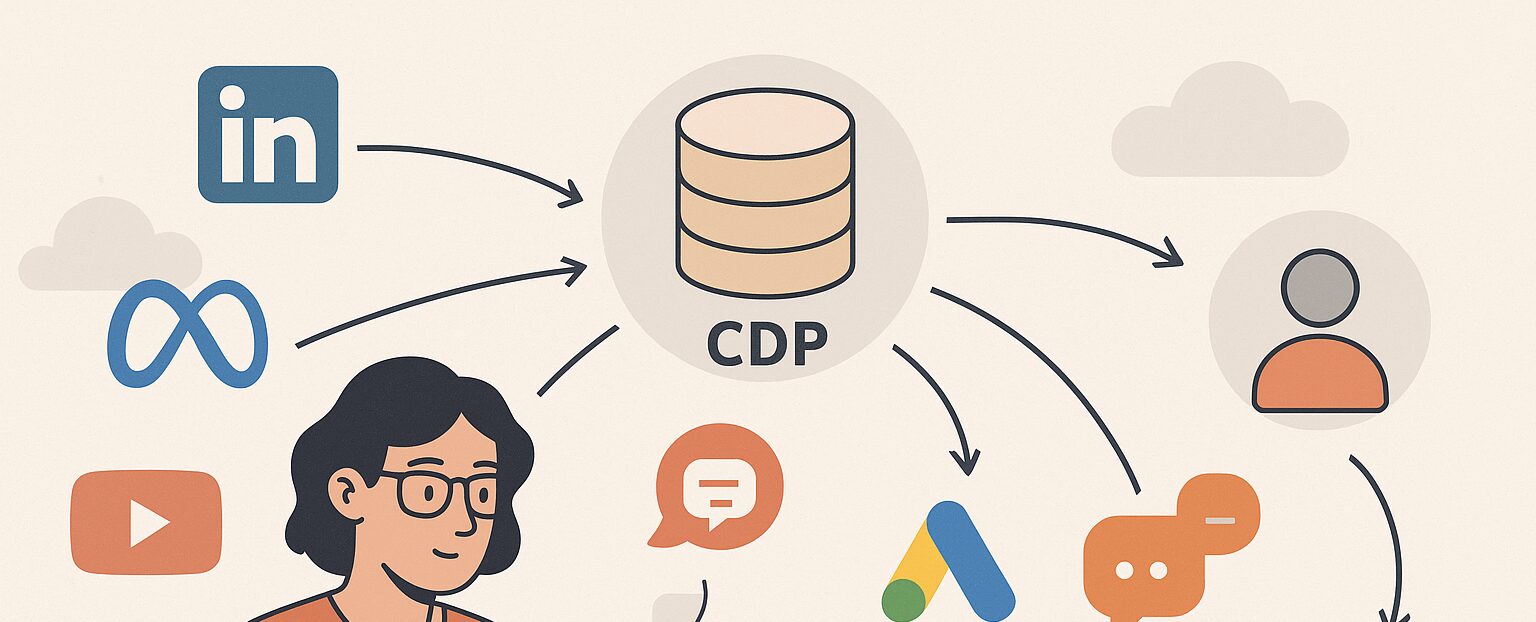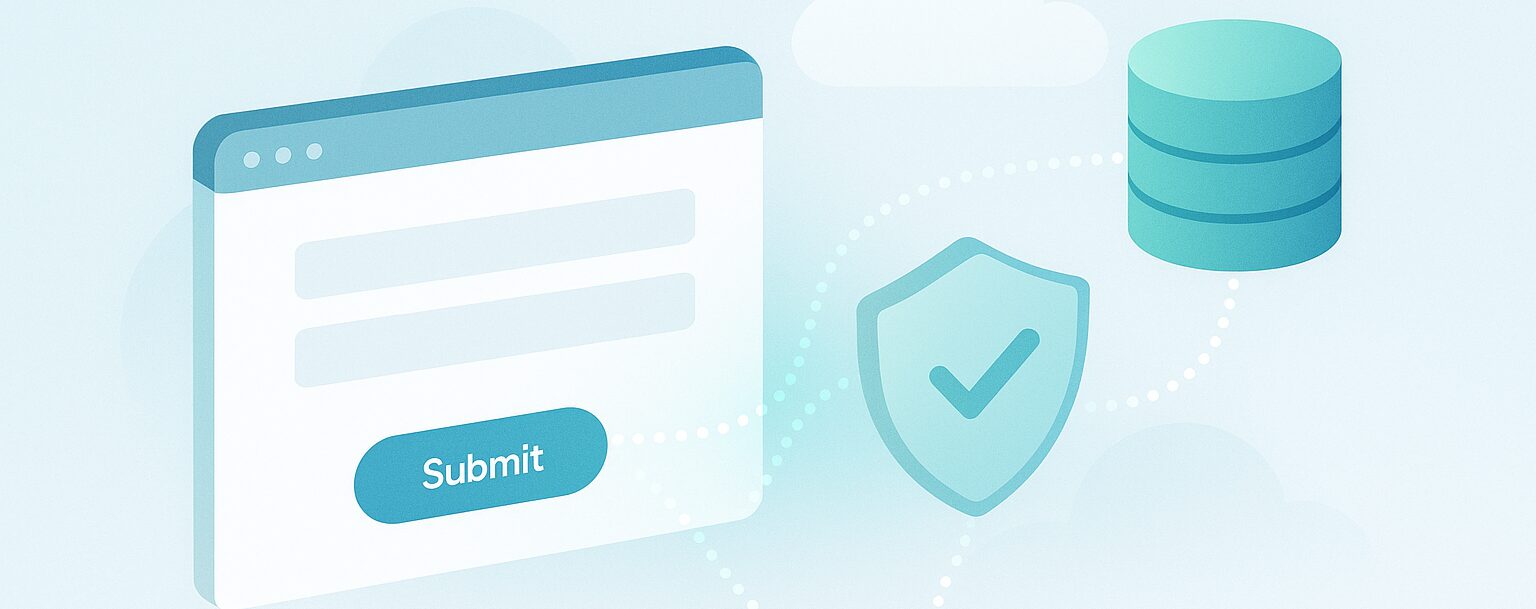When most marketers think of a Customer Data Platform (CDP), they imagine a centralized hub that pulls all customer interactions together—web visits, form fills, ad clicks—and makes that data usable across marketing channels.
For B2B companies, though, the reality is more nuanced. The challenge isn’t just connecting web analytics with your CRM—it’s about stitching together every meaningful interaction, including ad impressions, video views, and engagement that may never touch your website.
The Problem: A Web-Centric View of Audiences
Many CDPs are built around web tracking. They can build audiences based on site behavior and sync them back into your ad platforms. But what happens if most of your engagement is happening elsewhere—say, someone watches your YouTube product explainer, or engages with your brand’s Meta video ad—but never visits your site?
For B2B marketers running multi-platform ad strategies, this creates a gap. You might have rich intent signals sitting in Meta, YouTube, or LinkedIn, but you can’t port that audience over to another channel for retargeting. The result? Missed opportunities to run follow-up campaigns that could move the buyer forward.
Bridging the Gap: CDPs, Data Warehouses, and Cross-Platform Retargeting
A key to solving this is looking beyond a standalone CDP. In many cases, the solution involves:
-
Integrating Ad Platform Data – Ensure your CDP (or supporting tools) can ingest impression and engagement data directly from platforms like LinkedIn, Meta, YouTube, Google Ads, and even emerging B2B channels like TikTok.
-
Leveraging a Data Warehouse – A cloud data warehouse such as BigQuery or Snowflake can act as the central repository for all marketing data—web analytics, CRM, MAP (Marketing Automation Platform), and ad platform engagement. This allows you to unify profiles beyond the limitations of native CDP integrations.
-
Orchestrating Multi-Channel Audiences – The magic is in being able to say: “This person saw our LinkedIn video, engaged with our Meta ad, and attended a webinar—but hasn’t been to our site. Now let’s serve them a personalized LinkedIn conversation ad.”
-
Choosing the Right Type of CDP – Not all CDPs are the same. Some are more like identity resolution tools. Others are heavy-duty audience orchestration platforms. The best choice for B2B often blends first-party CRM and MAP data with third-party firmographic and behavioral data—while giving you control over cross-platform segmentation.
Why This Matters for B2B
In B2B, the buying cycle is long and complex. Many stakeholders may never visit your website until they’re well into the decision-making process. If your audience building depends solely on site visits, you’re blind to a huge portion of your market.
By pairing the right CDP with a data warehouse strategy, you can:
-
Capture richer intent signals from multiple platforms.
-
Orchestrate retargeting across channels based on actual engagement—not just clicks.
-
Maintain a single source of truth for all marketing data.
RightWave’s Take
At RightWave, we’ve seen firsthand how limiting a “web-only” CDP strategy can be for B2B. We help our clients integrate MAP, CRM, ad platforms, and data warehouses to create a unified engagement picture—so marketing teams can retarget with precision, even when prospects never land on the company site.
If your CDP can’t yet connect your ad impression and engagement data into cross-platform retargeting pools, it’s time to rethink your architecture. The right combination of tools can help you meet your buyers where they actually are—not just where your tracking pixels can see them.




